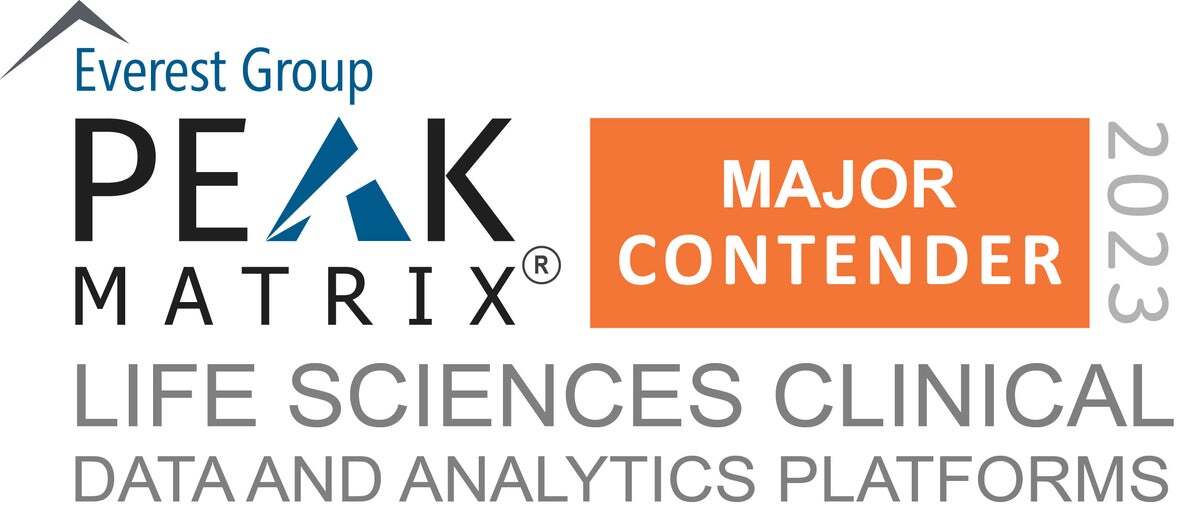Can Your Clinical Trial Design Handle Mid-Study Changes?

As clinical research advances, the pharmaceutical and biotech industries increasingly focus on daunting conditions previously thought to be uncurable, including certain cancers and rare diseases. Promising new drugs offer tailor-made solutions for patients, and the clinical trials that bring them to market must also be customized to meet participants’ needs. However, these innovations mean today’s clinical trials are often intricate, data-heavy, and subject to protocol amendments.
According to the Tufts Center for the Study of Drug Development1, from 2018-2020, 78% of Phase 2 and 69% of Phase 3 clinical trials required at least one substantial mid-study protocol amendment, averaging 2.7 and 3.3 amendments respectively. Before 2020, one Phase 3 mid-study change cost an average of $535,000 in unbudgeted expenses, resulting in a three-month delay. Given inflation and the rising costs of trials, protocol amendments have undoubtedly become even more expensive. Pharmaceutical and biotech companies need streamlined solutions to effectively mitigate mid-study changes.
Study Design Obstacles Cost Time and Resources
There are many challenges to designing electronic data capture (EDC) systems for clinical trials. First, although clinical trial protocols lay out a blueprint for the study, they don’t cover every possible detail. Study designers must interpret the protocol to create the forms, questions, and logic used to collect the data from healthcare providers and participants, leading to potential misunderstandings. Also, study builders may discover potential issues with the study itself that could hinder its success. For example, they may find that the protocol puts too much burden on participants, leading to low enrollment numbers. Coordinating between IT and QC/QA and documenting each change can slow down study builds if the EDC is not readily adaptable. Myriad tweaks and adjustments between the study’s design and its execution are part of the process, but legacy software systems aren’t very friendly to all these changes.
Based on their previous experience with legacy systems, many companies assume that the study design process will be lengthy, challenging, and expensive. Naturally, they hesitate to rush the study build if they think mid-study changes will result in costly delays. With a legacy EDC platform, once data starts entering the system, the protocol can’t be altered without dramatically affecting the data, leading to pauses in the study.
Delays caused by mid-study changes waste time and resources and affect sponsors’ ROI. These legacy systems trap sponsors in a catch-22: The longer the study build takes, the more it costs — but if the design doesn’t anticipate every possible scenario, then the study will be hindered by protocol amendments, costing even more down the road. Fortunately, there is a better solution.
Planning For Mid-Study Changes Can Mitigate Downtime
Mid-study changes are frequently inevitable, but it’s possible to significantly reduce the downtime they create with strategic planning and the right technology:
- Have a clear understanding how post go-live changes will be managed in the EDC technology and factor that into initial design decisions, when possible.
- Decide when the changes will be implemented and alert the site in advance to reduce disruption. Also, schedule amendments for times when the database can be locked and briefly shut down without interrupting the study.
- To make changes without orphaning data, copy the study, revise the copied version, and apply the update to a subset of the study data to analyze its effects.
- Choose an EDC system that includes tools that update the subject records automatically to apply changes and flag potential problems.
- Look for an EDC system with which everything is auditable, with auto-generated logs detailing and time-stamping all modifications.
As clinical trials become more patient-centric, they require flexible technology. For example, if a single cohort needs a different dosage, the system should be able to accept the new protocol without affecting participant data from other cohorts. This complexity can lead to bespoke solutions that are difficult to alter and can’t be replicated for future studies. However, companies should avoid one-size-fits-all solutions that are so generic they don’t offer personalized experiences for sponsors and participants. A compromise solution is a unified platform system with simple components that can be customized to fit the study’s needs.
A Study Library Offers Both Speed and Customization
Legacy EDC systems must be built from the ground up with each new study, adding to the time and expense of launching a new clinical trial. However, newer systems can reduce build time with a modular approach that allows users to create bespoke libraries of elements that can be reproduced and modified for each new study. For example, most adverse event forms share many common factors. Rather than creating a brand-new adverse event form for each trial, companies can create a standardized form with behavioral logic (edit checks, dynamics, calculations, etc.) that can be duplicated and customized for subsequent studies. This library can house many study forms and events (pre-configured groups of forms) to cover participant data and potential workflows.
Creating such a library means having a stable of preexisting, pre-validated materials that adhere to industry standards and won’t cause downstream issues. Study designers can then modify the materials for each trial, reducing errors arising from misunderstandings between designers and programmers. Likewise, these programs allow users to alter the trial as needed and review the implications to the data without relying on third parties.
Cycle Flexibility and Data Integration Preserves Data Integrity
If not handled correctly, study revisions can negatively affect or orphan historical information, making it more difficult to aggregate data for adjudication and approval. New technologies allow revisions to take place without damaging previously collected data. An essential feature of this flexible architecture is to allow users to modify the number of cycles that individual participants are given without needing to change the entire protocol. With modern technology, cycle changes take minutes to implement rather than hours or days. Adaptive study designs, such as those used to treat certain cancers and rare diseases, require adaptable platforms to avoid delays.
In addition to cycle changes, flexible ECD systems should be able to implement mid-study changes based on site and participant feedback, when needed. The ability to adjust form behavior, enhance help messages, or change alerts offers an agile approach to managing the user experience for those the trial is most dependent upon without requiring costly orchestration or downtime.
Trials also encounter lags when changes affect multiple platforms within the system. Studies rely on bespoke solutions to manage participant data, such as eCOA and ePRO. But many companies provide these services a la carte, requiring manual integration between systems when changes are made. However, when these modules are built on a single code platform, changes to one module can automatically cascade to the others with minimal staff input or risk to the data integrity.
Since many sites face staffing shortages, user-friendly study designs are crucial to maintaining efficiency. Having a single login and interface for multiple studies reduces staff workload and training time. These vendor-validated platforms can be paired with emerging AI technologies that fits within — and even augment — an organization’s workflow to offer even more opportunities for data management automation and increased productivity.
Zelta Has a Proven Track Record for Tackling Mid-Study Changes
Merative’s Zelta platform allows users to create a study library to replicate and adapt to future studies, reducing build time and costs. The system is built with protocol amendments in mind, and changes can be made quickly and easily. Since its inception, Zelta has hosted over 4,100 clinical trials with over 17,000 study revisions and an average user-initiated lock-time of 30 minutes per mid-study change.
Zelta is also currently developing an AI prototype to assist users in creating and modifying their study libraries to reduce errors and streamline study builds. It will also alert users if they are creating a component already in their library, reducing unnecessary duplication. As a result of the flexibility and control our technology offers, we have seen our CRO partners alter their business models to advertise more flexibility for their studies, based on how quickly and efficiently they can make changes with Zelta, because they know sponsors value this efficiency and control as well.
In addition, studies that use Zelta can enroll participants more rapidly because they don’t have to wait until every detail of the protocol is in place, knowing they can adapt as needed. When studies can adapt without significant delays, research timelines accelerate because the investigators have more options while prioritizing patient care. Sponsors, sites, and participants benefit from streamlined data management.
Want to learn more about Zelta?
Related Articles

Lifesaving oncology research deserves cutting-edge solutions
The race to develop novel, advanced therapeutics for cancer patients is fast and...
By Jennifer Duff | 7 min. read

Four ways a holistic ecosystem for clinical trials can help boost ROI
This piece originally appeared on Clinical Leader Clinical trials are complex and...
By Jennifer Duff | 9 min. read

New report confirms Zelta by Merative is a Major Contender
Merative has been named a Major Contender in Everest Group’s Life Sciences Clinical...
By Shannon Reilly | 5 min. read
Ready for a consultation?
Our team is ready to answer your questions. Let's make smarter health ecosystems, together.
